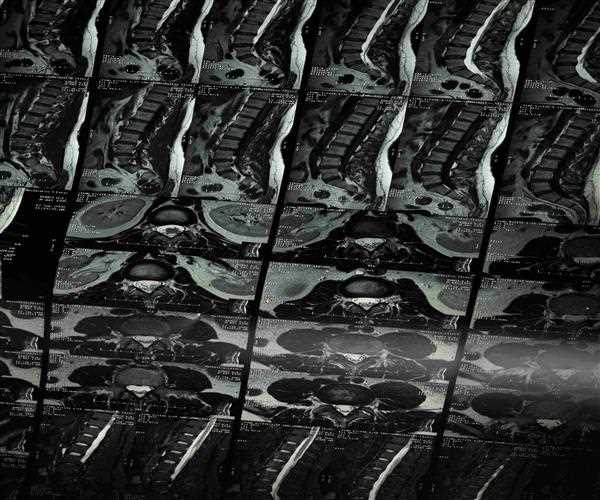Scoliosis comes in a variety of forms.
Scoliosis with no known etiology is known as idiopathic scoliosis. Doctors are unable to determine the specific cause of a bent spine in up to 80% of instances.
Scoliosis is a condition that develops in a baby's back before birth. The spine might bend due to problems with the little bones in the back called vertebrae. The vertebrae may be missing or don't separate properly. When the infant is delivered, doctors may be able to detect this unusual abnormality. It's possible they won't find it till they're in their teen years.
Spina bifida, cerebral palsy, or perhaps spinal cord damage can all produce neuromuscular scoliosis. These disorders can cause muscle injury, causing them to fail to properly support your spine. Your back may curve as a result of this.
Adults are affected by degenerative scoliosis. It commonly starts in the lower back when the spine's discs and joints begin to wear down with age.
Causes & Risk Factors for Scoliosis
Scoliosis can be caused by a variety of factors. These curves are classified as structural or nonstructural by doctors.
The spine functions properly yet appear crooked in nonstructural scoliosis. This can occur for a variety of causes, including having one leg longer than another, muscular spasms, and inflammations such as appendicitis. Scoliosis frequently disappears when these issues are addressed.
The curvature of the spine in structural scoliosis is inflexible and cannot be reversed.
The following are some of the causes:
- Cerebral palsy is a condition that affects the brain.
- Muscular dystrophy is a kind of muscular dystrophy.
- Defects in the womb
- Infections
- Tumors
- Marfan syndrome, as well as Down syndrome, are two genetic disorders.
- Family history and heredity can both be risk factors for idiopathic scoliosis. If you or one of the children has this problem, make sure the rest of the family is tested regularly.
Scoliosis is most common between the ages of 10 and 15 when children are going through growth spurts. Minor idiopathic scoliosis affects almost the same amount of males and girls. Curves in females, on the other hand, are 40 % more likely to worsen and may require treatment.
Scoliosis that develops during adolescence might persist throughout maturity. The more curved your spine is, the more probable it may deteriorate over time.
Preventing Scoliosis
Scoliosis cannot be prevented. So disregard any falsehoods you may have heard, including such scoliosis being caused by childhood sports injuries.
Similarly, you may be apprehensive about the heaviness of your children's textbooks if they are in school. Back, shoulder, and neck pain are caused by large backpacks, but they do not induce scoliosis.
And what about slouching? The manner a person is standing or sitting has no bearing on their risk of developing scoliosis. A curved spine, on the other hand, may generate a perceptible lean. Ask your doctor to examine your child's spine if he or she is unable to stand erect.




Leave Comment